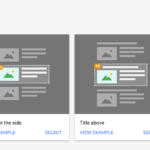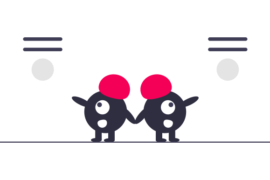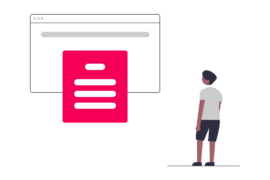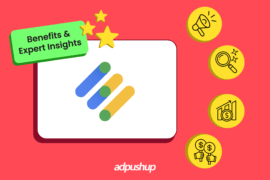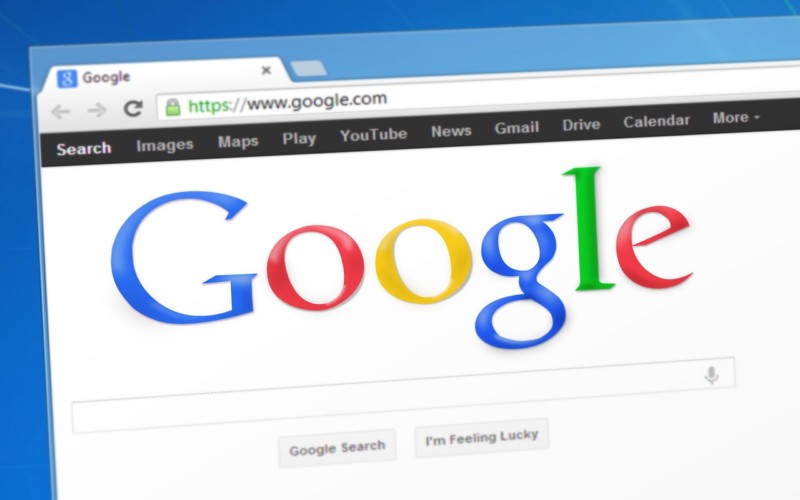
Dynamic Allocation, a popular DFP feature, lets Google AdX bid on inventory marked as guaranteed or remnant. The feature also gave AdX last-look privilege, letting AdX ‘see’ what every other demand partner would bid and use the highest as a price floor for its own auction to win most of the impressions for its exchange.
(ICYMI: We’ve previously covered AdX and dynamic allocation in some detail here.)
This has caused resentment in the ad tech industry because of the unfair advantage that it provides to Google; few, such as AppNexus, have refused point-blank to work with Google on new technologies and collaborations.
But now, in a show of good faith to the ad tech ecosystem and to compete with header bidding on its own terms, Google is dropping this last-look privilege in Exchange Bidding in Dynamic Allocation (EBDA) beta, released on March 31, 2017.
Here’s what you need to know about this feature:
- Auction participants: Exchanges, including AdX, receive a single bid request, conduct their own auctions, and send in their bids. Then DFP conducts a unified auction to decide the winner.
- Inventory: EBDA works with DFP Publisher Tags and Mobile Ads SDK, but not video or native impressions.
- Data shared with other exchange bidders: Audience and impression specs, timeouts, floor price, whitelisted individual buyer seats, and more can be configured as per OpenRTB protocol 2.4.
- Payments: Winning bidder pays the bid amount. An addendum will be made to publishers’ existing Ad Exchange agreement for exchange bidding.
The Biggest Takeaway?
Earlier, AdX would wait until bids from other exchanges had come in and would pick a higher bid from its own exchange to win. Now, all exchanges bid at the same time, and other exchanges’ bids no longer act as price floor for AdX auction.
There are Some Benefits
The support doc on EBDA mentions that yield partners from individual exchange bidders are combined into a single list. Even if demand partners appear in more than one competing exchanges, they still receive only one bid request. This could keep advertisers from bidding on same impressions through multiple exchanges.
Speculation on how this move will be welcomed aside, Google’s EBDA offers greater supply of impressions to advertisers and advanced reporting to media sellers.
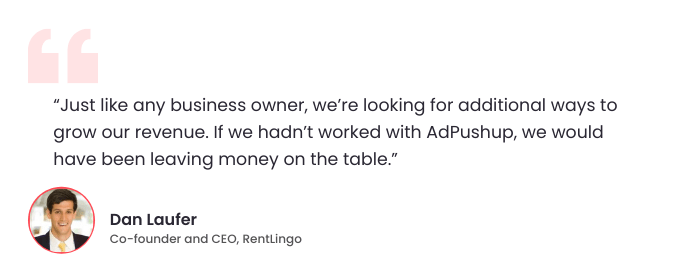
Not Everyone is Convinced Though
But the industry itself may not be so easy to forget. There’s still speculation on how Google could still keep an upper hand.
Google will retain one additional advantage in the auction: It knows more about the user than it passes on to the other exchanges.
If all buyers see the same impression, but buyers through one exchange have more information about that impression, that will be more valuable than the same impression offered up through other exchanges.
via AdExchanger
Google’s director of product management, Jonathan Bellack, said that it’s not in Google’s best interest to retain that information advantage: “We only succeed when our partners succeed.”
Another possible advantage to AdX in the unified auction is that without advanced infrastructure, S2S integrations can introduce new latency (on exchange side), which means less time for conducting auctions and sending in a competitive bid to DFP.
So far, only Cox, Index Exchange, Sovrn, and Rubicon are publicly listed in the exchange bidding partner list. AppNexus had refused to join in, while PubMatic and OpenX aren’t openly associated with the project.
But for now, looks like Google is trying to live up to its motto of “don’t be evil” and promote greater transparency in ad auctions.

Shubham is a digital marketer with rich experience working in the advertisement technology industry. He has vast experience in the programmatic industry, driving business strategy and scaling functions including but not limited to growth and marketing, Operations, process optimization, and Sales.


